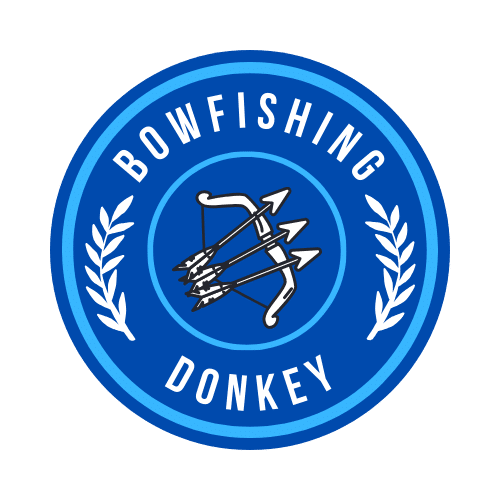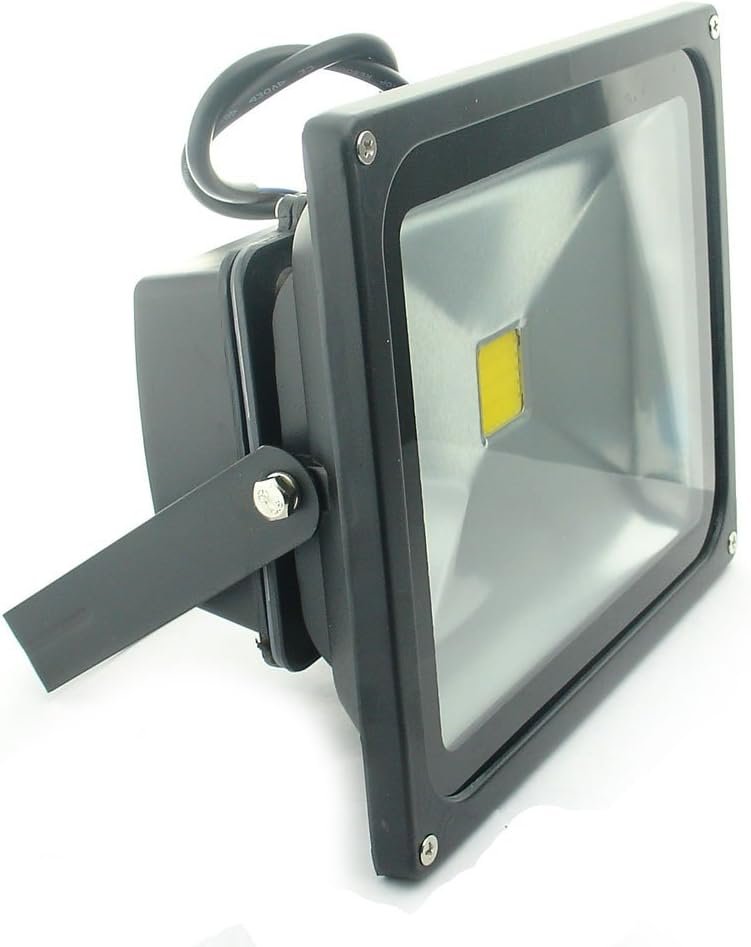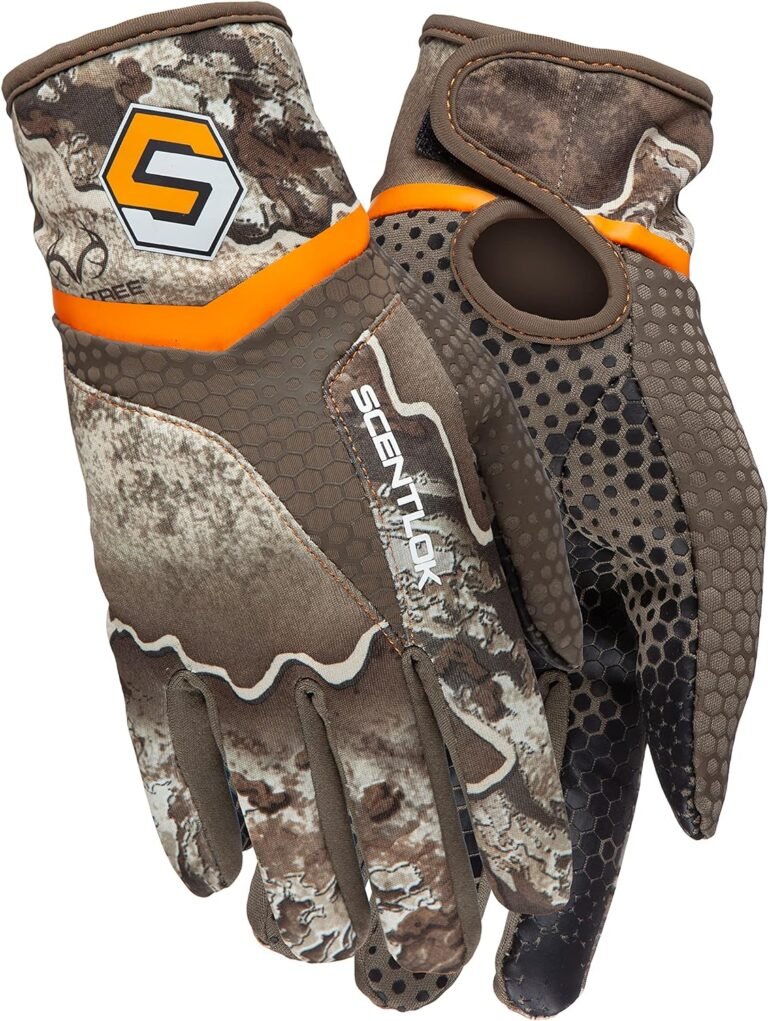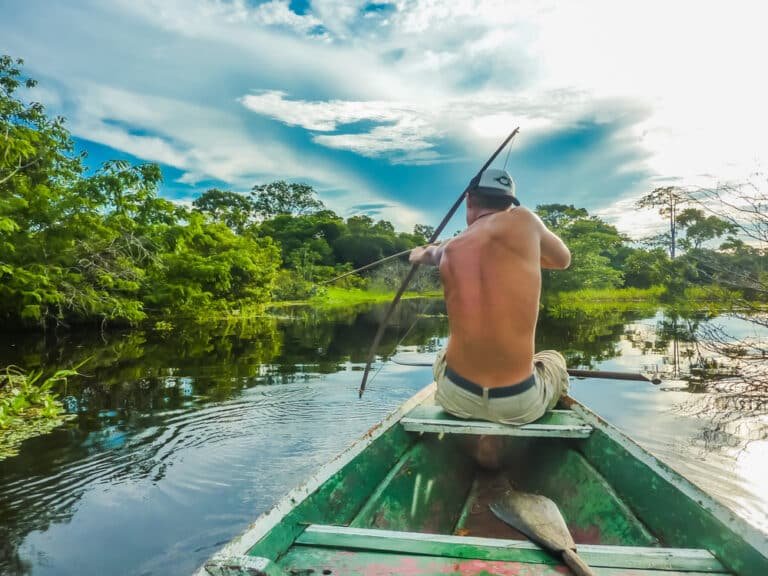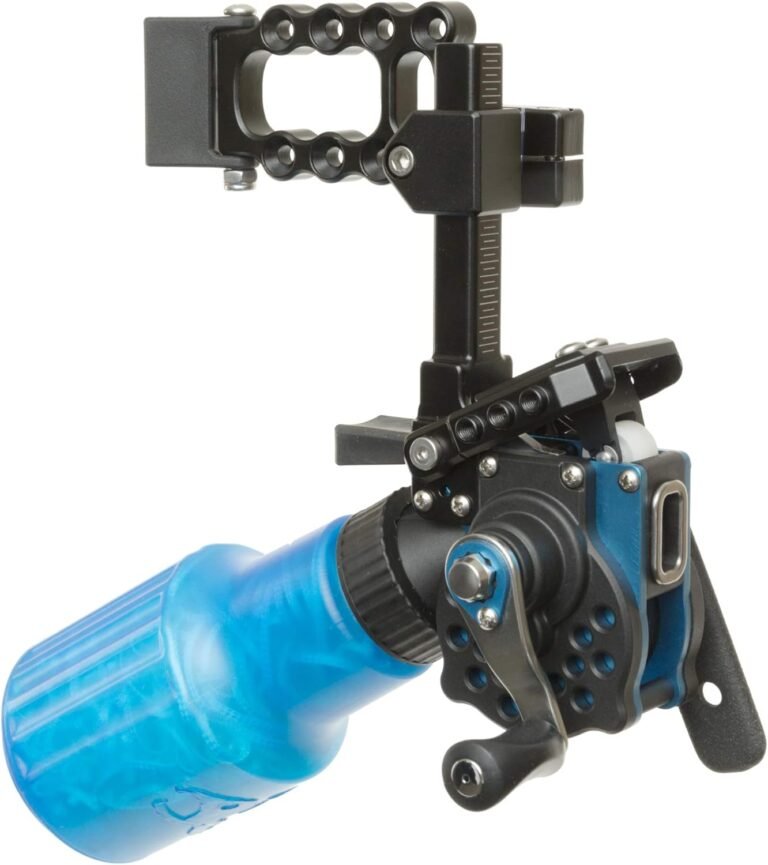How to Bow Fish Like a Pro: Expert Advice 4 You
Bow fishing opens up a world of adventure for those seeking a new experience in outdoor recreation. It brings together the ancient practices of archery and hunting with modern angling techniques. The fusion creates a dynamic sport where stealth, accuracy, and quick reflexes are essential for success. Let’s learn how to bow fish.
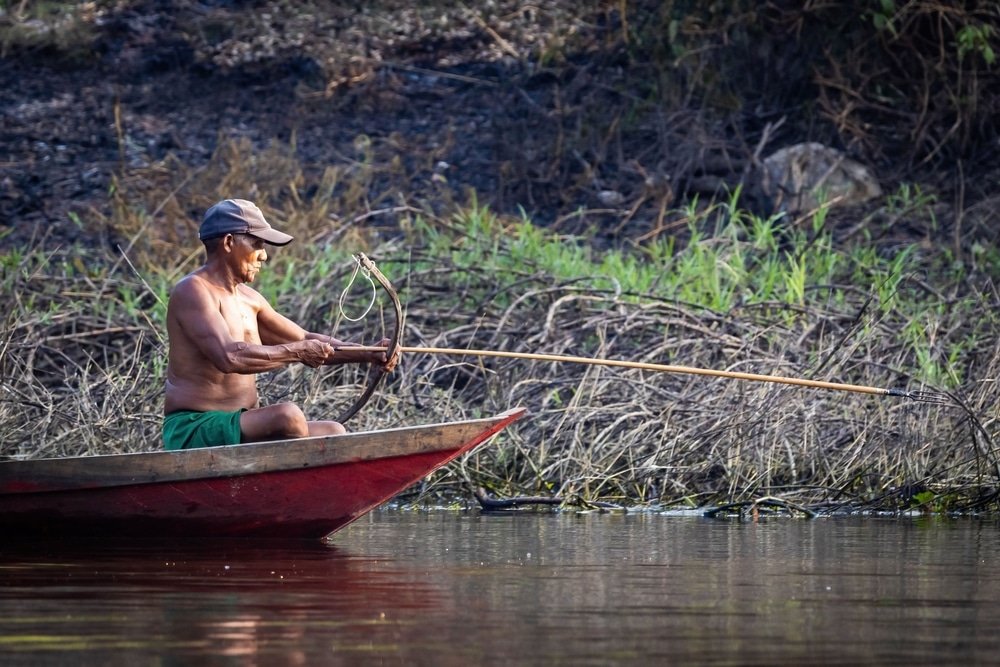
Before embarking on a bow fishing journey, it is imperative to grasp the basics thoroughly. Understanding key concepts such as equipment selection, safety measures, and proper shooting techniques will enhance your overall experience and ensure your success as a bow fisherman.
Mastering Equipment Selection
Selecting appropriate equipment is crucial for achieving optimum performance in bow fishing. Choosing the right bow type based on personal preferences and physical capabilities plays a significant role in accuracy and ease of use. Recurve bows offer simplicity and reliability, while compound bows provide added power and adjustability.
Crossbows can be advantageous for those who prefer more stability. In addition to bows, selecting the right reel is equally important.
Spincast reels are beginner-friendly due to their simplicity, while retriever reels allow quicker arrow retrieval after shooting. More experienced anglers might opt for bottle reels that offer greater control over line deployment.
The selection of arrows should also align with your specific needs, as different types possess distinct characteristics. Fiberglass arrows are affordable and durable, making them popular for beginners.
Carbon arrows, on the other hand, offer increased speed and penetration. Choosing between barbed or non-barbed tips depends on local regulations and personal preference.
To enhance your bow fishing experience, consider investing in accessories, such as specialized bowfishing lines that resist tangling and abrasion. Gloves protect against line cuts, while polarized sunglasses help you spot fish more effectively by reducing the water’s surface glare.
Awareness of Safety Measures
As with any outdoor activity, prioritizing safety is paramount in bow fishing. Always ensure you have the licenses and licenses to fish in your chosen area. Familiarize yourself with local regulations regarding target species, catch limits, and restricted areas.
Protective gear becomes crucial while engaging in bow fishing adventures. Wearing a life vest is recommended when bow fishing from a boat or near deep water to ensure personal safety in case of accidental falls or water-related mishaps.
The Art of Shooting Technique
Proper shooting techniques are essential for accurate shots and humane bow-fishing kills. The unique properties of water require adjustments to traditional archery techniques:
- Aiming for refraction correction: Since light bends as it passes through water, objects appear higher than they are. Aim lower to compensate for this optical phenomenon when aiming at a target underwater.
- Determining appropriate distance: Judging distances accurately plays a crucial role in successfully hitting targets while bow fishing. Regular practice can help sharpen your judgment when estimating distances underwater.
- Accounting for arrow drop and penetration: Arrows travel differently underwater due to drag and reduced velocity compared to air. Understanding these factors allows anglers to adjust their shots for proper arrow placement and penetration.
- Mastering quick reflexes: Bow fishing requires rapid responses as fish move swiftly through the water. Developing quick reflexes helps increase your chances of successfully hitting your target when it presents itself.
By honing these techniques, you will be well-equipped to embark on exciting bow fishing expeditions and make the most of this thrilling outdoor pursuit.
Understanding Bow Fishing
Bow fishing is a captivating sport that combines archery and fishing. Enthusiasts use a specialized bow and arrow to catch fish. Unlike traditional angling techniques that use bait or lures, bow fishing involves shooting arrows directly into the water to target fish. It offers a thrilling experience for those seeking adventure in the great outdoors and has gained popularity among anglers as an exciting alternative to traditional methods.
Equipment needed for bow fishing: Bow selection
Choosing the right type of bow is crucial in ensuring success in bow fishing. Recurve bows are popular due to their simplicity and versatility; they are easier to maneuver in tight spaces like boats or shallow waters.
Compound bows offer more power and accuracy due to their pulley system, making them ideal for long-distance shots or targeting larger fish species. Crossbows provide stability and ease of use but may have restrictions depending on local regulations.
Reel options: Spincast, retriever, or bottle reel?
Selecting an appropriate reel is essential as it dictates how you retrieve your catch. Spincast reels are beginner-friendly and commonly used due to their simplicity and ease of operation.
Retriever reels use a specialized system that allows for quick retrieval of arrows, making them suitable for multiple shots in rapid succession. Bottle reels are popular among experienced bow fishermen as they offer superior control and accuracy.
Arrows: Fiberglass or carbon? Barbed or non-barbed tips?
The choice between fiberglass and carbon arrows largely depends on personal preference, budget, and intended usage. Fiberglass arrows are durable, affordable, and suitable for beginners but may lack the penetration power required for larger fish species.
Carbon arrows, on the other hand, offer better accuracy, speed, and deeper penetration while being lightweight. Regarding arrow tips, barbed points are commonly used to ensure a secure hold on the fish after impact; however, non-barbed points can be more appropriate when targeting catch-and-release species or areas with specific regulations.
Additional accessories: Bowfishing line, gloves, sunglasses, etc.
Additional accessories are worth considering to enhance your bow fishing experience further and ensure safety and success during your outings. The bowfishing line connects the arrow and reel; it should be strong enough to withstand the force required to retrieve fish without breaking.
Gloves protect against potential injuries from bowstring abrasion or handling rough fish scales. Polarized sunglasses help reduce glare from the water’s surface while enhancing visibility in identifying fish targets beneath it.
Target Species and Locations
Freshwater vs. Saltwater bow fishing
Bow fishing can be enjoyed in fresh and saltwater environments, each offering unique challenges and species to target. Freshwater bow fishing typically occurs in rivers, lakes, and ponds, while saltwater bow fishing occurs in coastal areas or shallow bays.
Different species available in each environment
Some common target species for freshwater bow-fishing include carp, gar, catfish, and tilapia. Carp are often sought after due to their abundance and challenging nature.
Grass carp are known for their size and strength when hooked. Silver carp are notorious for their acrobatic leaps out of the water when startled.
In saltwater locations, you can find diverse species such as redfish (red drum), sheepshead, black drum, flounder, and even stingrays. These species offer exciting opportunities for bow fishermen seeking new challenges.
Choosing between freshwater and saltwater locations
When deciding between freshwater or saltwater bow fishing locations, several factors should be considered. Firstly, geographical accessibility plays a key role – choose a location that is within reach or suits your travel preferences. Personal preference regarding the type of fish you want to target should also guide your decision-making process.
Moreover, weather conditions must be considered since certain environments may become more challenging during different seasons or weather patterns. It’s also important to research local regulations; and familiarize yourself with any restrictions regarding protected species or specific permits required.
Popular target species for bow fishing:
Carp: Common carp, grass carp , silver carp
Carpets are among the most popular targets for bow fishermen due to their large size and abundance in many bodies of water. Common or European carp are widespread and can reach impressive sizes. Grass carp, on the other hand, are herbivores and can grow to be extremely large.
These powerful fish can provide a thrilling challenge when bow fishing. Silver carp, known for their leaping ability, are often found in rivers and tributaries, making them an exciting species to pursue.
Gar: Alligator gar, longnose gar, spotted gar.
Gar is another sought-after species in bow fishing due to their prehistoric appearance and aggressive nature. Alligator gar is the largest species of gar, known for its size and strength.
Longnose gar are common in both freshwater and brackish water environments. Spotted gar have a distinct pattern of spots that make them easily recognizable.
Other species, like catfish and tilapia
In addition to carp and gar, other popular target species for bow fishermen include catfish and tilapia. Catfish provide a thrilling fight when hooked with a bow due to their size and strength.
Tilapia offers a unique challenge as they often reside near vegetation or structures where accurate shots become crucial. By carefully choosing your target species according to your fishing environment, you can tailor your bow fishing experience to match your preferences while enjoying the thrill of pursuing these exciting aquatic creatures.
Techniques and Tips for Successful Bow Fishing
Locating Fish: Understanding Fish Behavior and Habitat
To become a skilled bow fisherman, it is crucial to understand the behavior and habitat preferences of the target species. Fish species exhibit distinct habits, such as feeding patterns and preferred hiding spots. Researching these behaviors will provide valuable insights into where and when to find them.
For example, carp congregate in shallow waters near vegetation, while gar often dwells in shallows during spring spawning seasons. By studying their habits, you can narrow down potential areas for bow fishing and increase your chances of success.
Locating fish: Using polarized sunglasses to spot fish in the water
Polarized sunglasses are a vital tool for any bow fisherman. The unique feature of polarized lenses reduces glare by blocking horizontal light reflections bouncing off the water’s surface. This allows you to see beneath the water’s surface more clearly, making locating schools of fish or individual targets easier.
When wearing polarized sunglasses, subtle changes in light refraction can reveal underwater structures or even the shadows of swimming fish. Their ability to enhance visibility in aquatic environments is indispensable for precise targeting during bow fishing excursions.
Shooting techniques: Aiming for refraction correction
One of the most significant challenges when bow fishing is compensating for refraction caused by water’s optical properties. Light rays bend as they pass from one medium (air) into another (water), causing objects underwater to appear higher than their actual position. To counter this effect, aim slightly lower than where you see the target fish.
The degree of correction depends on various factors such as depth, angle of observation, and distance from the target. Regular practice will help develop an intuitive sense for adjusting your aim accurately based on these factors, resulting in successful shots.
Shooting techniques: Determining appropriate distance
Accuracy in bow fishing is crucial for a successful catch. Determining the appropriate distance to shoot from is essential to achieve the desired outcome. Too close, and you risk spooking the fish; too far, and your shot may lack enough power for effective penetration.
A general rule of thumb is to aim for a distance between 5 to 20 feet, depending on the target species and water conditions. It’s essential to practice judging distances underwater to develop a sense of range estimation that allows you to make accurate shots consistently.
Shooting techniques: Accounting for arrow drop and penetration in water
When shooting arrows in water, it’s important to consider two critical factors: arrow drop and penetration. Arrows are affected by gravity just as they would be in the air, meaning they will drop over longer distances. Adjust your aim slightly higher when targeting fish at farther distances to compensate.
Additionally, due to resistance, arrows lose some of their kinetic energy upon entry into the water. Arrows specifically designed for bow fishing with reinforced shafts and barbed tips can help increase penetration power and retrieval success.
Master
Mastering bow fishing requires dedication, practice, and continuous learning. As you gain experience with different species and refine your techniques, you’ll discover unique strategies that work best for you.
Experiment with different equipment setups, study local fish behavior patterns specific to your favorite bow fishing spots and engage with other passionate bow fishermen who can share valuable insights. Remember that mastery is an ongoing journey rather than an endpoint – embrace every opportunity to improve your skills while enjoying the perfect blend of adventure and conservation that bow fishing offers.
Conclusion – How to Bow Fish
Bow fishing combines the thrill of archery with the excitement of fishing in a challenging and rewarding way. By understanding fish behavior and using polarized sunglasses to spot them underwater, you can increase your chances of success. Additionally, mastering shooting techniques such as compensating for refraction, determining the appropriate distance, and accounting for arrow drop and penetration will significantly enhance your accuracy.
With dedication and practice, you can become a skilled bow fisherman who appreciates nature’s beauty while catching fish ethically. So grab your bow, don your polarized sunglasses, and embark on an exhilarating journey into the world of bow fishing!
